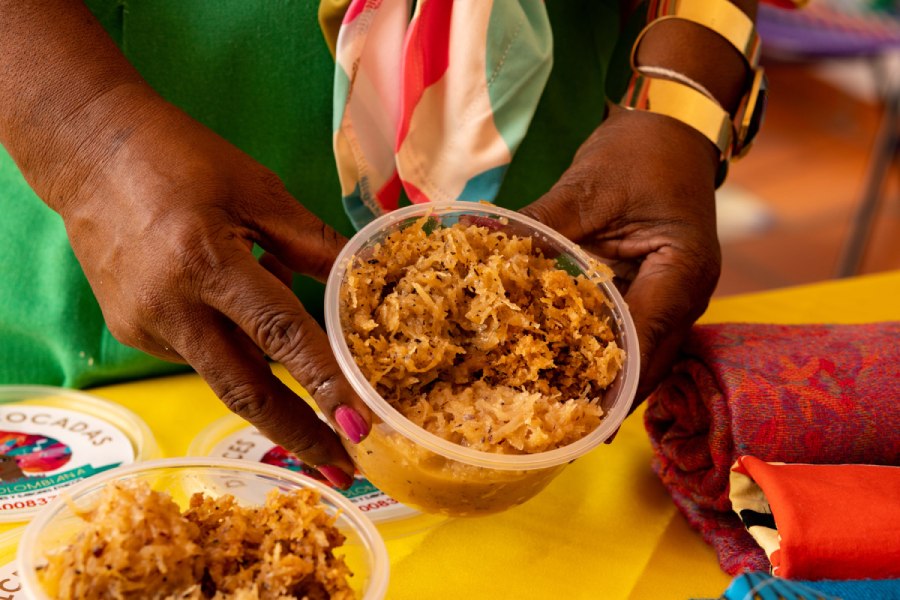In the United States, Black History Month is celebrated during February to commemorate and recognize the contributions of the Afro-descendant community and the fundamental role they have played in history. Each year a base theme is chosen, with Black Resilience being chosen for 2023.
The AARP Association lists recommendations for finding new ways to commemorate Black History Month: in the U.S. we usually tend to visit museums that focus on African American culture, however, we can also support virtually: there are exhibits that can be seen at the National Museum of African American History and Culture, for example, "Spirit in the Dark".
Did you know that the first known palenque on land was established in the surroundings of Santa Marta? This palenque is La Ramada, from which black slaves came out and set fire to the city in 1529.
The palenques were the first resistance movements of the African community in Santa Marta, since an important part of the slaves fled to form settlements far from the Spanish conquest and became independent groups that spread out in order to preserve their identity.
With the arrival of African slaves to the Caribbean ports, who over time carried out important agricultural and cattle raising tasks, they managed to maintain some of the ingredients and cooking techniques that were the foundations for the current gastronomic tradition of the Colombian Caribbean, thus preserving an important cultural heritage.

The introduction of products from Africa to America did not have a commercial purpose, however, they arrived to the Caribbean lands because it was necessary to feed the slaves during their transfer. Foods such as beans, rice and bananas, as well as the tropical climate and some bushes, were already known in the American continent, so the blacks found this similarity when they arrived. They also began to plant yams and okra, and left an African imprint on Caribbean cuisine with the use of pigeon peas, black-headed beans, bananas and watermelon.
The African culture introduced the technique of frying, which consists of letting the food cook over low heat while it is submerged in oil, so that the flavors are released and the food browns. There are also deep-fried foods that are still preserved today, such as fried fish, egg arepas and tajadas, typical of Caribbean cuisine.
In Santa Marta many of the African traditions are still preserved, especially in the gastronomic and cultural aspects. Knowing more about the history of Caribbean cuisine, the roots of the food and its preparation techniques, helps to continue transmitting from generation to generation all these customs of the Afro-descendants that have prevailed in our region.
They had no choice about what to eat to nourish themselves, but thanks to the resistance of the African groups, they managed to form what today is a legacy and one of the main attractions for tourism: Caribbean gastronomy.
You may also be interested in: Manifestation of sounds in the Caribbean: the champeta
To support Black History Month, it is important to take into account that it is not only about educating or learning about the history of African Americans, it is also necessary to encourage, reflect and contribute to today's communities.
Sources: